Calavera
TPF Noob!
- Joined
- Jan 3, 2008
- Messages
- 13
- Reaction score
- 0
- Location
- Fairfield, California
- Can others edit my Photos
- Photos NOT OK to edit
Growing up in the central valley of California, I have developed an odd fascination with these irrigation flanges. They stand like towering, rusty sentinels, in vast fields of green and yellow. I have considered shooting a series, which celebrates the various shapes, colors, and textures of these underrated (and usually unnoticed) machines. My question now is which approach would be most interesting. I have primarily been considering night shots with long exposures. I think light-painting might give an interesting edge to these shots. I also really like the reciprocity failure technique, but am unsure if it can be done with a digital SLR. Any advice or suggestions, which could help me shoot this subject in a more interesting way would be greatly appreciated. Also, is reciprocity failure possible on a DSLR? Here are some beginning shots of this subject. Thanks,
-Cala-
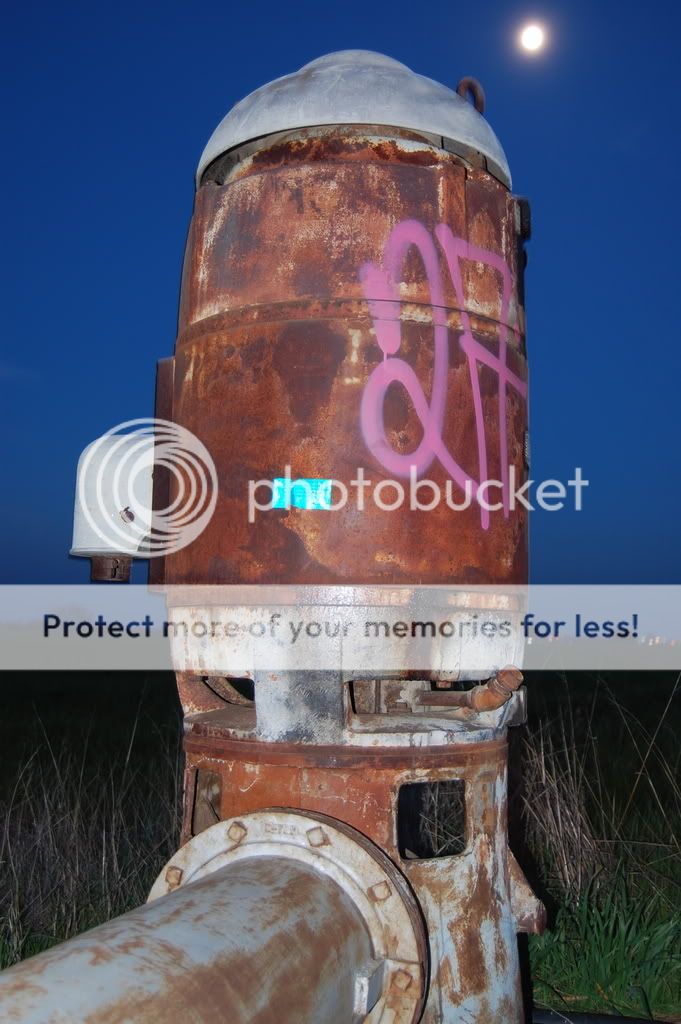
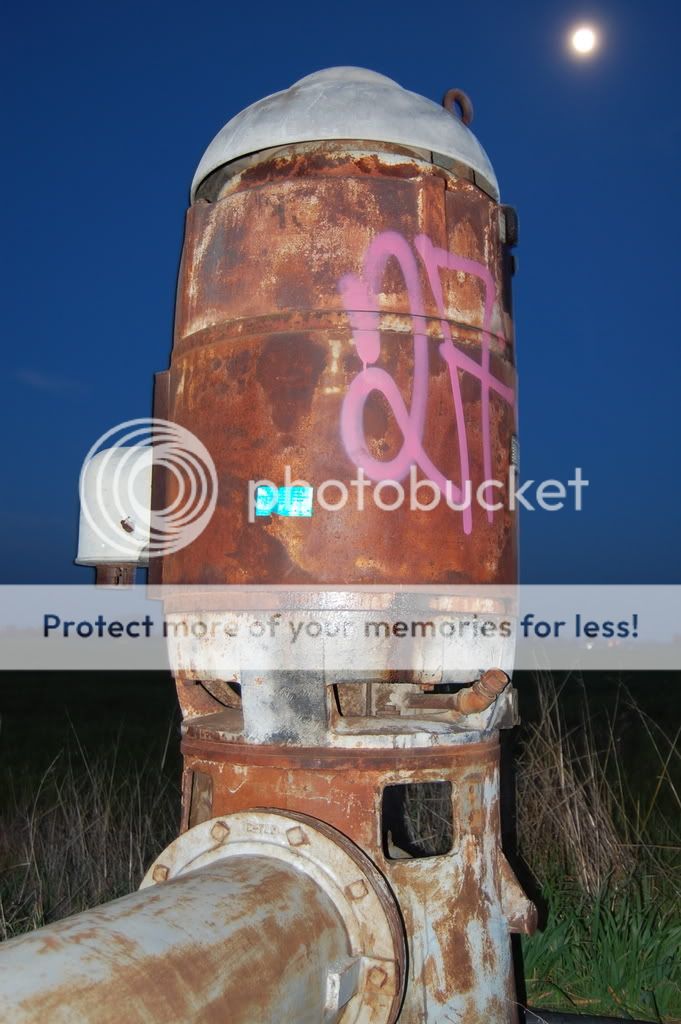

-Cala-






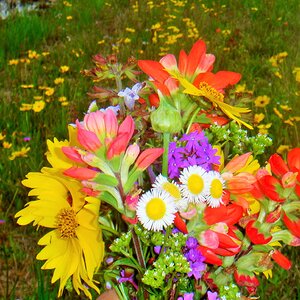
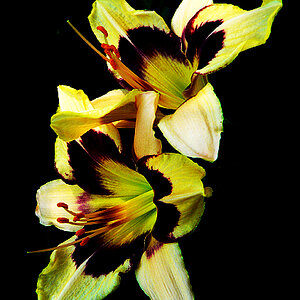
![[No title]](/data/xfmg/thumbnail/37/37111-64f64f2c8371420041bf39244ff12117.jpg?1619737882)
![[No title]](/data/xfmg/thumbnail/37/37112-9474bbad05f760cbef79df3379b23509.jpg?1619737882)


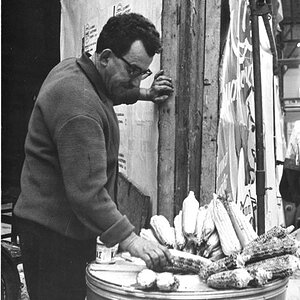

![[No title]](/data/xfmg/thumbnail/37/37109-62e1b65e6f8bd2a349250acd6d653f1e.jpg?1619737882)